The bad fast guy is hard to watch, because he blows up the river ahead of you. But the best fast guy makes you pause for a while, just to watch an artist at work . . .
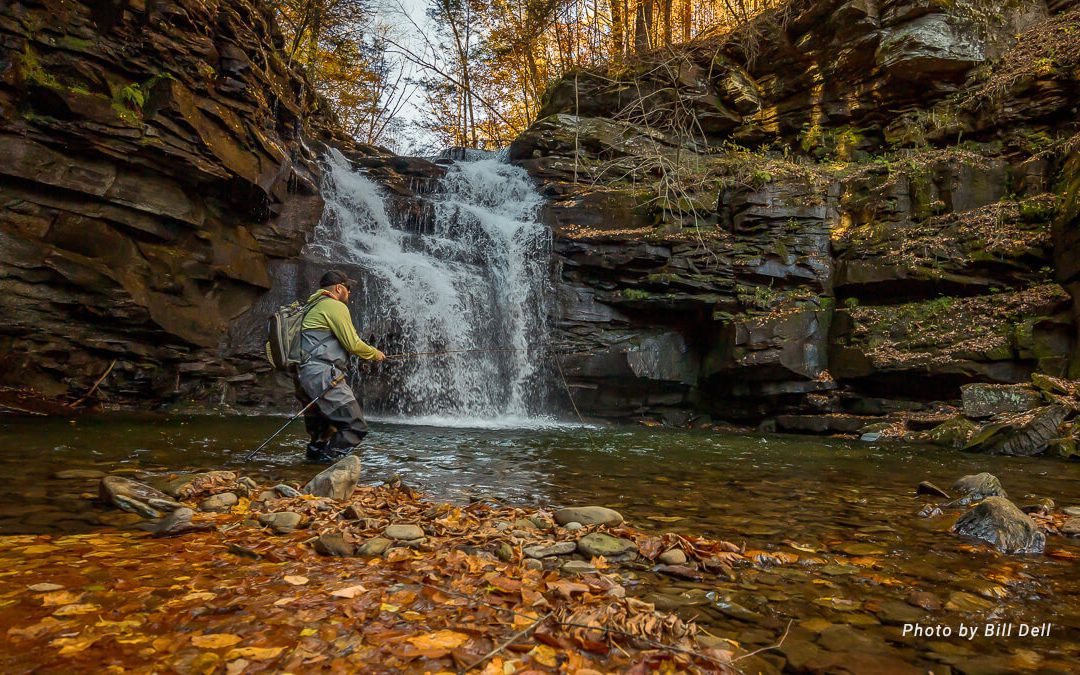

The bad fast guy is hard to watch, because he blows up the river ahead of you. But the best fast guy makes you pause for a while, just to watch an artist at work . . .
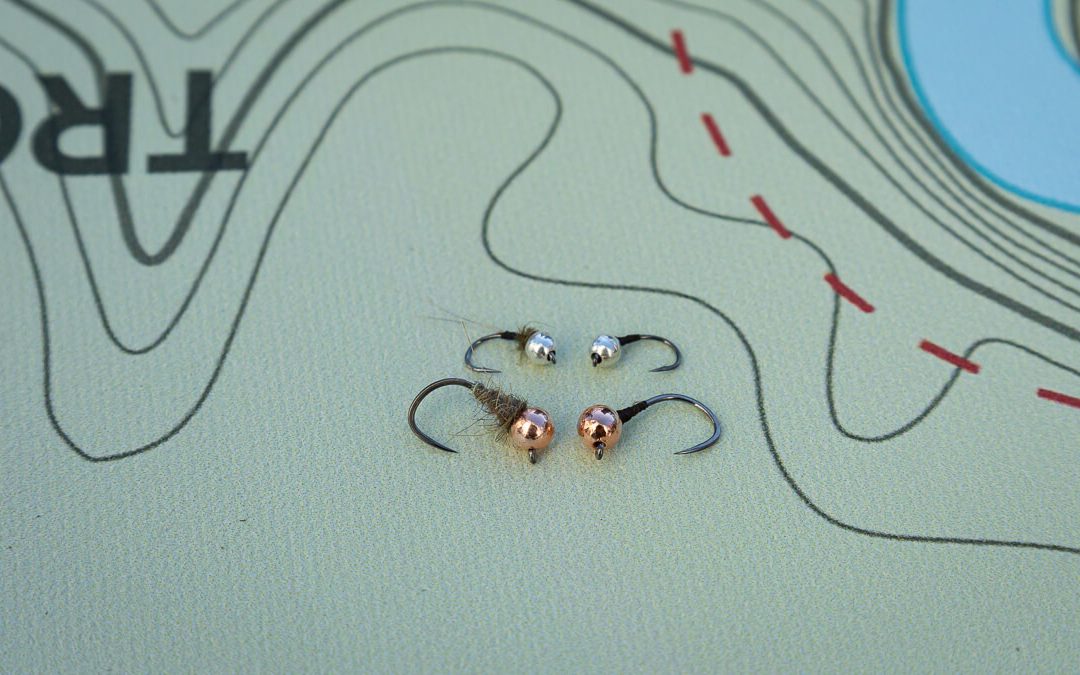
Testing rigs and flies on the water is fun. It provides the next reason to get back out there, and it center-focuses us on something new. Testing also takes the pressure off. You’re not out there to catch every trout. You’re out there to experiment — to investigate and assess results against a theory.
Do trout eat the bead-on-a-hook better than a nymph with dubbing or micro-tubing behind it? Maybe . . .
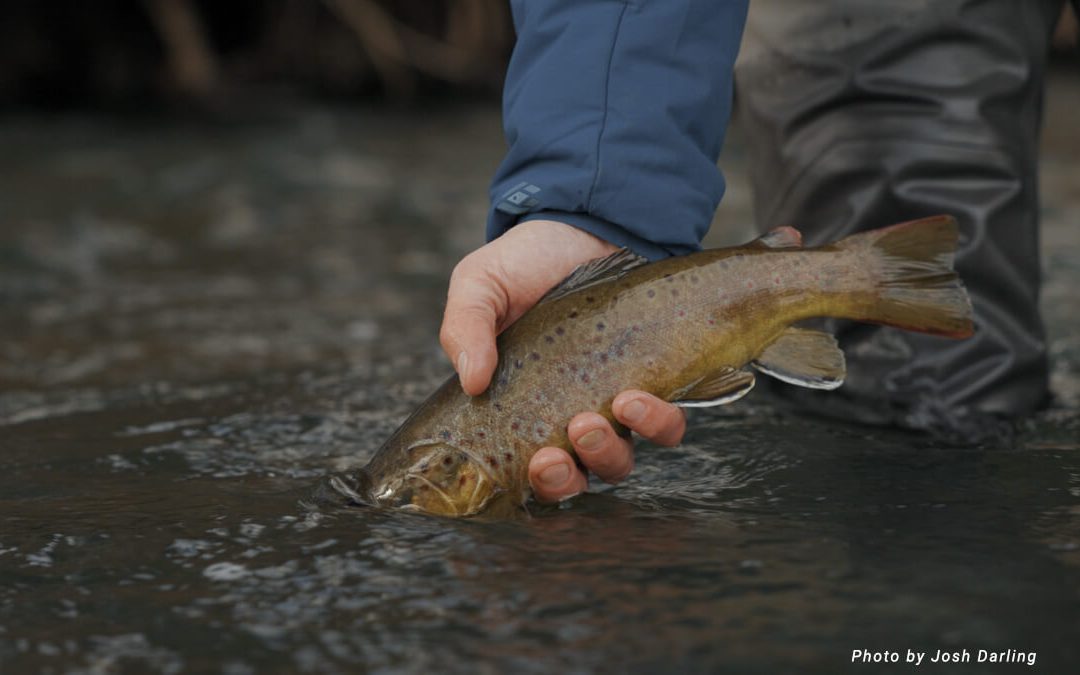
No matter what we’re into, there’s a time when the learning of skills reaches a critical mass, when it’s time to do rather than read more about it and buy more gear.
. . .There’s a time for learning. There’s time for preparation. And then there’s time for doing — for putting all of it into practice, making the casts, covering water and catching fish . . .
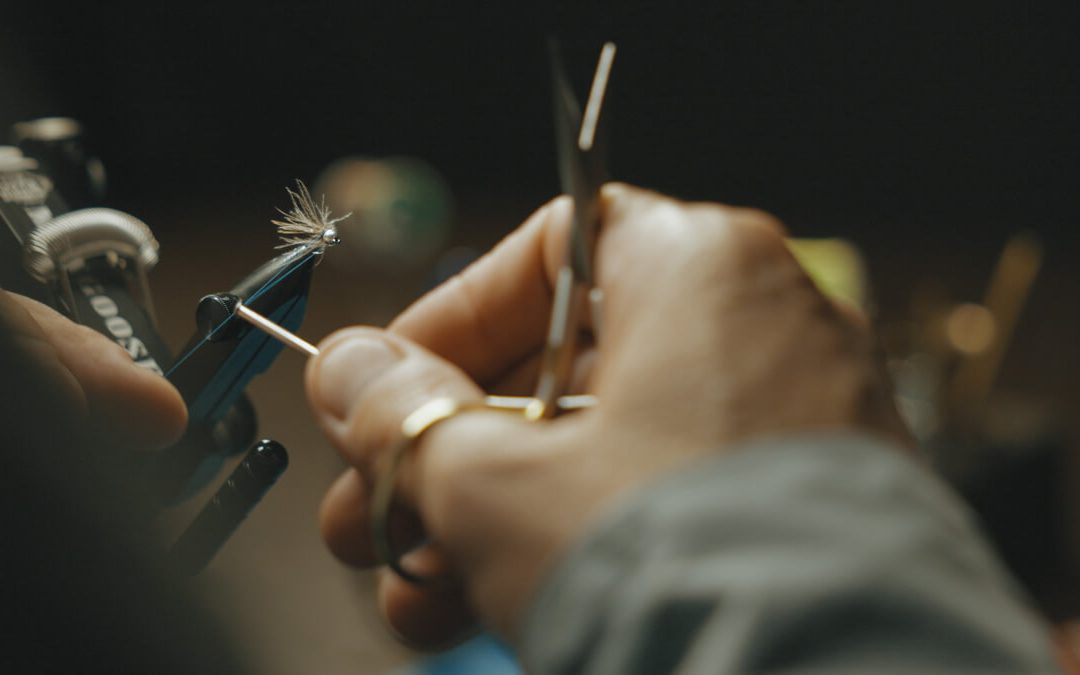
It’s easy to understand how tying flies makes you a better angler. And many fly fishermen take their passion for the river directly over to the vise. With that passion follows artistry. And for that kind of artist, what is wound around wire and bound to a hook comes with beauty . . . or there is no point.
One of the best tyers I’ve ever known would tie a dozen of the same fly and keep only two or three, stripping the rest with a razor blade to the bare hook. Why? He said he only fished the ones that had a soul . . .
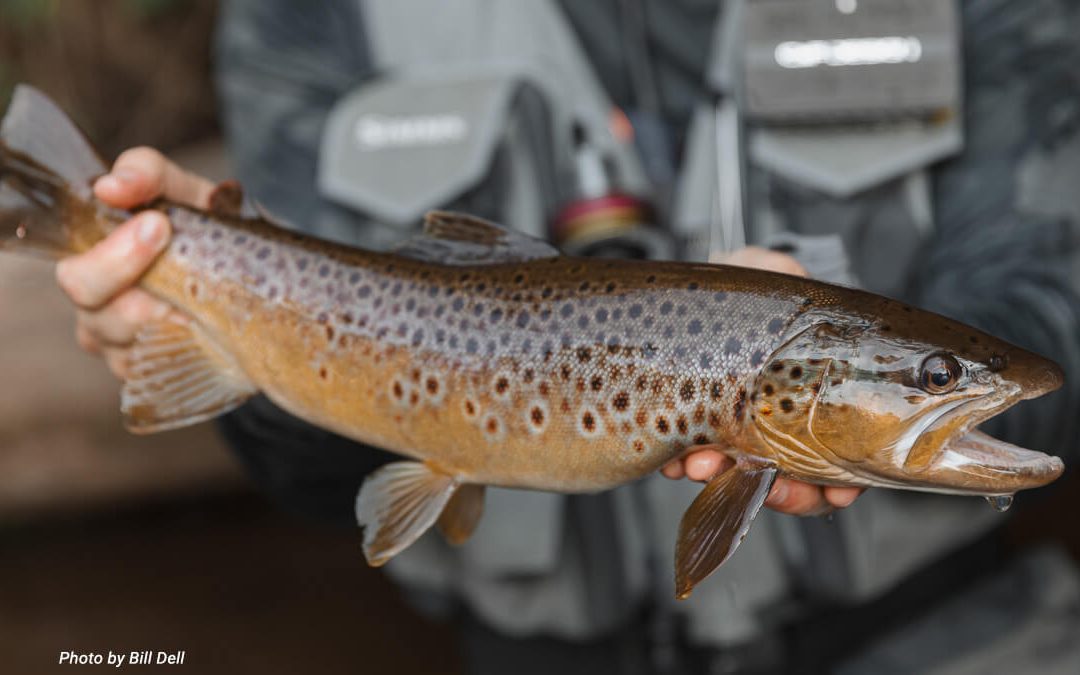
Mike had landed on a common phrase that usually triggers a response from me. It’s one of the myths of fly fishing, and it carries too much consequence to let it go. Hook sets are not free. There’s a price to pay. Oftentimes that cost is built into our success. And other times, the costs of too frequently setting the hook pile up, stealing away our limited opportunities . . .
It’s not red anymore. It’s burgundy, but it “might” be red again someday. I’ve been alive long enough to know that when something you love leaves, it’s best to start moving on. And yes, I’m a leader junkie . . .
Fly selection is important, but it’s one of the last questions to ask. There’s no denying that catching a few trout helps lead us to the promise of catching a few more. One trout is an accident. It’s just as likely that you found a maverick as it is that a single fish can teach you the habits of the rest. Two fish is a coincidence, but three starts to show a trend. And at a half dozen fish, there’s enough data about who, what, where, when and why to build the pieces of a puzzle.
To the die-hard angler, adaptation and adjustment to what we discover is one of the great joys of fly fishing for trout . . .
Trout learn to see some colors, some materials, some shapes and movements as fake. And when they see the same fake fly often enough, they stop eating it. That’s what we mean by angler pressure. So, part of the game becomes a guess about what flies the trout have learned to reject and how we can turn the fish on again.
That’s the unnatural thing about trout seeing too many fishermen and too many flies . . .
For the majority of our tactics, fishing upstream is the best way to present the flies. And sometimes it’s the only way to get the preferred drift.
So too, working upstream allows for stealth. The angler becomes the hunter. With a close, targeted approach to smaller zones, we get great drifts in rhythm, one at a time . . .
Knots are personal. I don’t believe in any of the knot strength tests because there are too many variables. And what I know about the performance of my favorite Davy, for example, conflicts with the (I’ll say it) myth of its inferior breaking strength. My Davy’s are strong. But I don’t know about yours. That’s for you to find out . . .
Of the good fishermen I know, one thing I see in all of them is how easily they can reach conclusions about fish habits. They have a knack for knowing what to trust and when to trust it.
The damned thing about a river is that it changes every day, and the habits of trout follow. If you’re observant enough to see the dynamics of a river, you can predict how the fish will respond, just by correlating their behavior patterns with the changes in water level, clarity, food availability, etc. Often, though, that’s a big leap to take. And it requires trusting in your observations enough to act decisively on them . . .